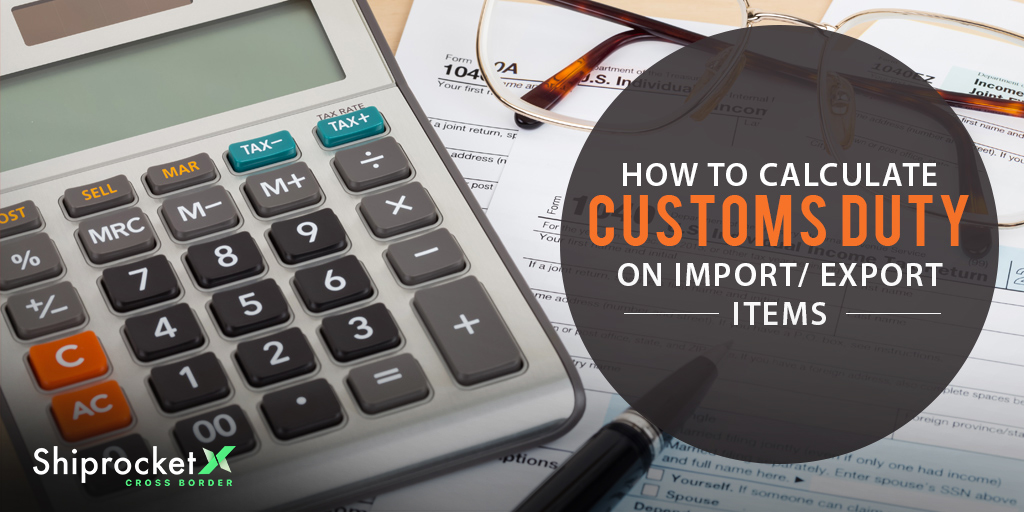How To Calculate Customs Duty Post GST Introduction In India
Whenever any merchandise is imported into the country or exported to other regions, the government levies an indirect tax on products. Every country has different rules and policies for implementing it. The customs duty charged in India is defined under the Customs Act, 1962 and the Central Board of Excise & Customs (CBEC) is the regulatory body responsible for formulating the policies and measures regarding it.

There are two kinds of taxes levied –
- Customs duty on imported items.
- Export duty on the exported products.
When the import duty is calculated on a product, the following things are kept in view – Integrated Goods and Services Tax
- Integrated Goods and Services Tax
- Compensation Cess
- Basic Customs Duty
There are different rules and chapters allocated to various kinds of products which are imported. Different rates apply to different categories, and to determine which category your products fall under you can check out the tariff list on the Central Board of Excise and Customs (CBEC) website. The duty tax can vary from 0% to even 150% depending on the product. Some products exempted from the tax include lifesaving drugs.
The custom duty taxes include the following:
- CESS (Education + Higher Education)
- Countervailing Duty (CVD)
- Landing Charge (LC)
- Additional CVD
After the implementation of GST by the government, the calculation process of taxes has changed a little.
What Is GST?
GST stands for Goods and services tax. It is an indirect tax levied on the manufacture, sale, and consumption of goods. It is a comprehensive tax that has removed other taxes like Central Excise Law, Service Tax Law, VAT, Entry Tax.
In customs duty, taxes such as Countervailing Duty (CVD) and Special Additional Duty of Customs (SAD) is replaced with Integrated Goods and Services Tax (IGST).
Thus, the new system adopted includes the following customs duty:
- CESS (Education + Higher Education)
- Integrated Goods and Services Tax (IGST)
- Landing Charge (LC)
For example, if you are shipping packing cases, boxes made of wood, you will need to pay the above taxes for that group. Import duties are mentioned for each product and are segregated in categories for easier reference.
Hence, this change must be kept in mind while finding out the net amount. The simple point to remember is that IGST is calculated after all the necessary customs duty has been calculated and added to the product. For more updates and knowledge about shipping, visit Shiprocket.








